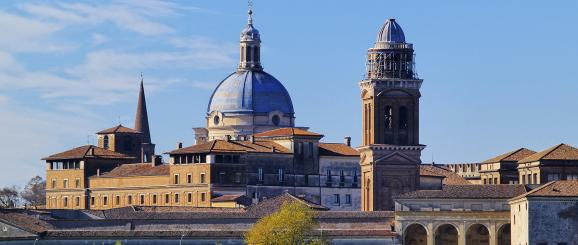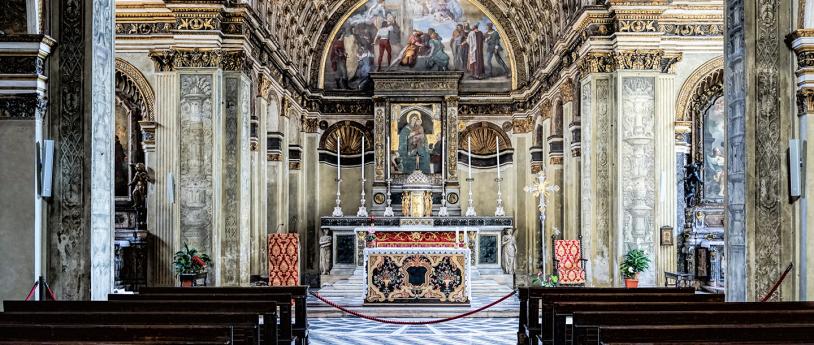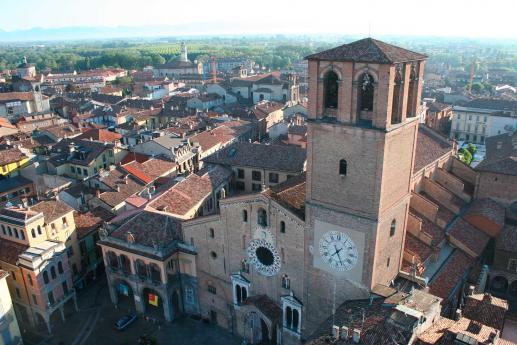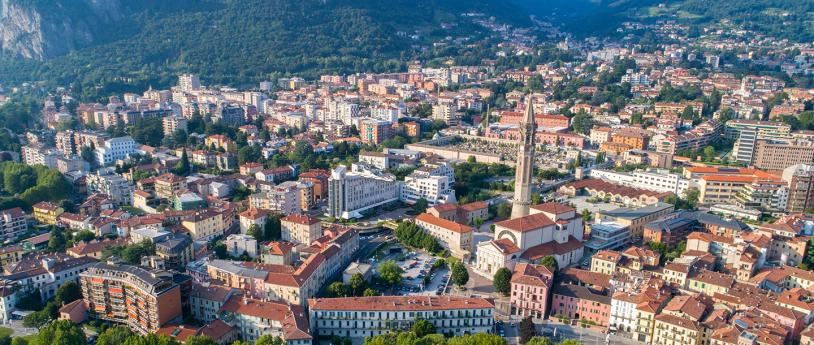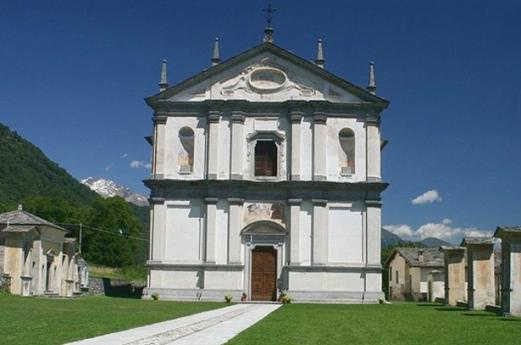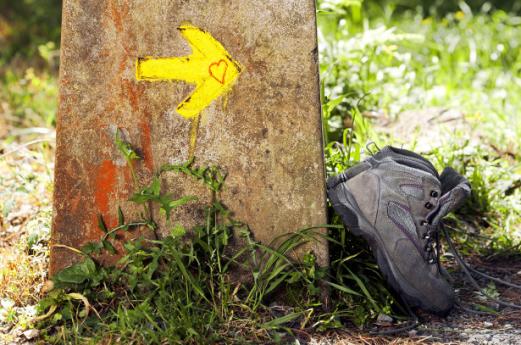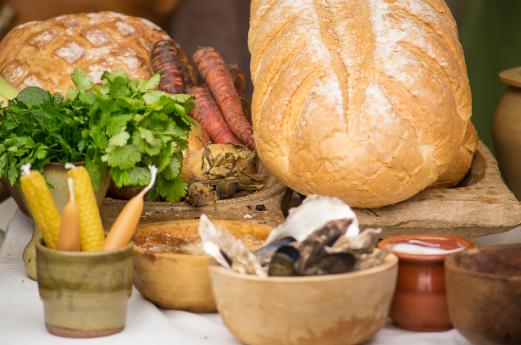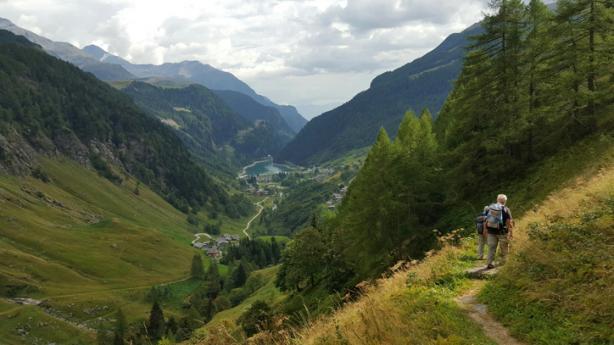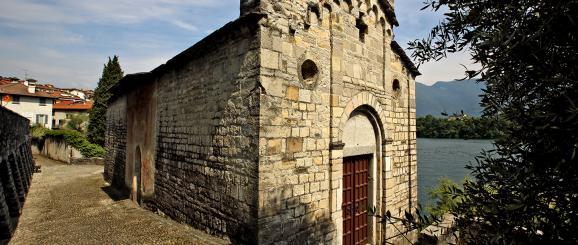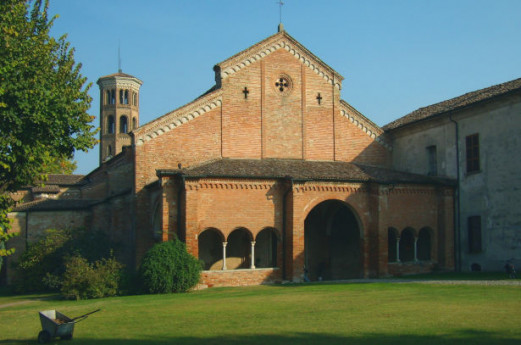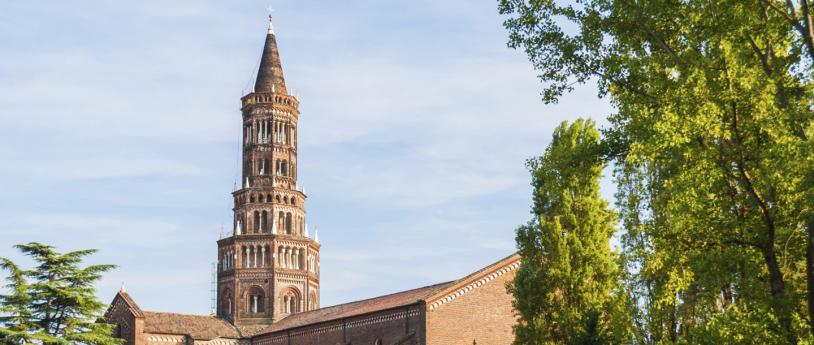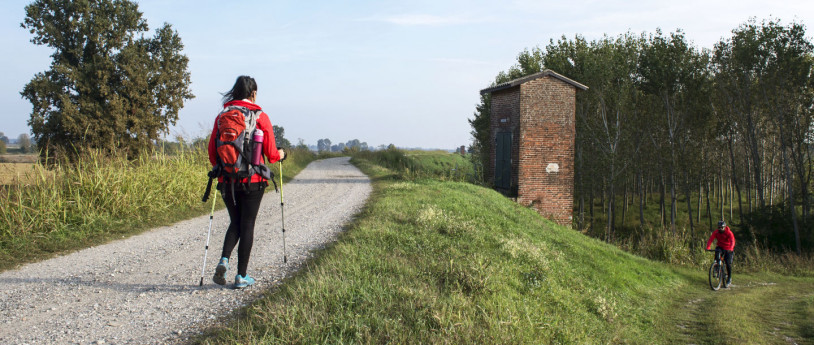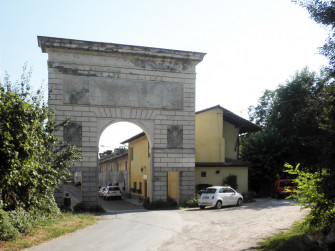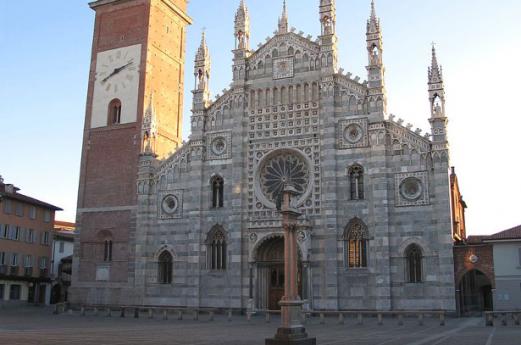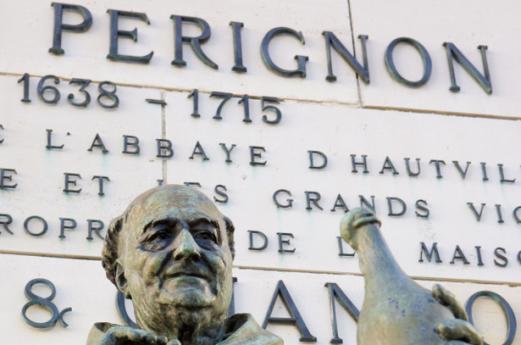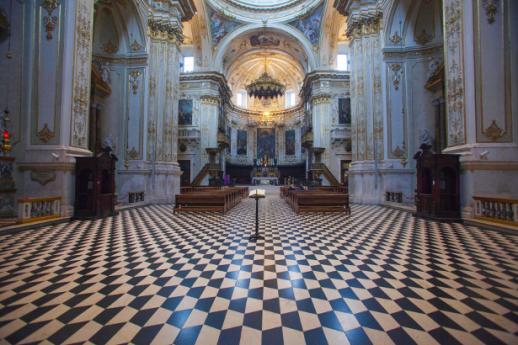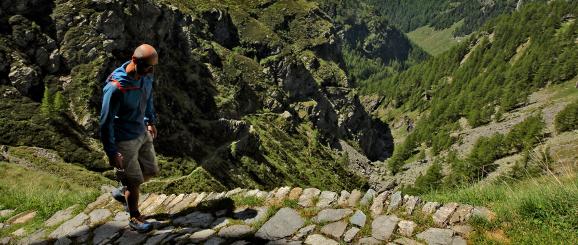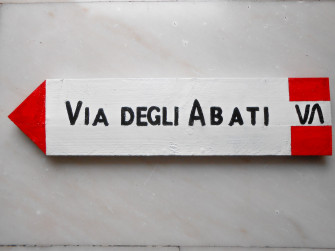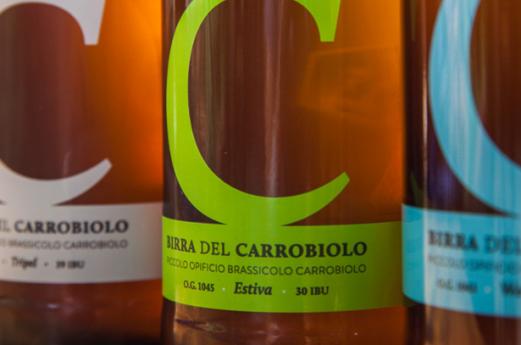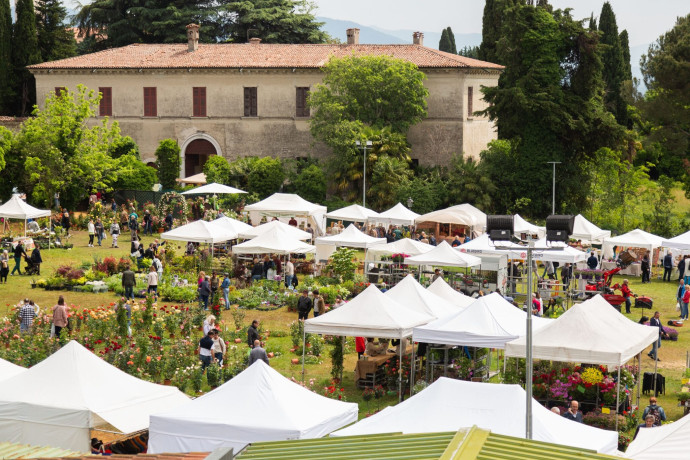- Religious Tourism
La Via Matildica del Volto Santo
A great route of faith and culture
The Via Matildica del Volto Santo is dedicated to pilgrimage and prayer but also to discovering the territory.
The route, named after Matilde di Canossa, covers lands that were once under the rule of the Countess and connects to the tracks of San Pellegrino, the protector of travellers. From Mantua, it crosses the Apennines to reach Lucca.
A route steeped in history, monuments and memories that has much to reveal about the
pilgrims that left the Germanic regions heading for Rome. In Lombardy, it passed through Mantua, San Benedetto Po, Borgoforte, Suzzara, Luzzara and Guastalla.
Mantua, its natural beauty made even more enchanting by the hand of Leon Battista
Alberti, the architect of two of the most important churches of the city. The famous
Renaissance architect worked in Mantua in the middle of the 15th century in the service of the Gonzaga family. From the start, his mission was to ennoble one of the most important cities of the Italian Renaissance.
In the centre of the city, he built the Basilica di Sant’Andrea, the largest church in Mantua, which was completed many years after the death of the architect.
Like the Temple Leon Battista Alberti, also the work of Alberti, it has an imposing monumental façade with great visual impact: it displays all his classical architectural knowledge, giving form to really interesting solutions.
The façade of Temple Leon Battista Alberti is a reworking of the elements of a classic temple, while the Basilica di Sant’Andrea was more inspired by a model of an Etruscan-Italian temple. Moving inside, the similarities between the two churches become fewer, especially the plan: the first to a Greek cross layout, the second a Roman cross. Classicism is also dominant here.
The Polironiano Monastic Complex is also worth a visit. Founded in 1007 by Tedaldo di Canossa, it stands on the island formed by river Po and the river Lirone.
Until 1797, after suppression by Napoleon Bonaparte, the monastery played a prominent role thanks to the religious, political and cultural commitment that arose to the benefit of monasticism.
Inside the complex, the three cloisters that make it up can be visited: the Chiostro dei
Secolari, Chiostro di San Benedetto and the Chiostro di San Simeone, which gives direct
access to the Chapter House, one of the most ancient and important places of the monastery and its directional centre; inside, it is possible to admire the remains of the tombs of abbots from the 16th century.
The visit continues in the monastic Refectory and, underground, the evocative sixteenth
century Cellars, where examples of agricultural carts are exhibited.
The Museo Civico Polironiano in San Benedetto Po, one of Italy’s major ethnographic museums, displays the material side of the rural culture and society as well as the intangible aspects linked to magic, popular religion, local legends and artistic expressions of the world of the Po Valley.
Finally, the majestic Chiesa Abbaziale can be admired, which was restored between
1540 and 1545 while retaining its ancient Romanesque and Gothic structures.
3 reasons to cover the route:
1. Since July 2008, Mantua has been designated a UNESCO World Heritage Site.
In 2016, MIBACT awarded Mantua the title of Italian Capital of Culture. In 2017, Mantua and its province became part of the European region of Gastronomy-Eastern Lombardy, a project that recognises the best gastronomic regions on the continent.
2. Mantua has hosted great geniuses of the past, such as Leon Battista Alberti, Mantegna and Giulio Romano, the creators of unprecedented architectural and pictorial masterpieces.
3. Mantuan salami, pumpkin tortelli and “sbrisolona”, specialities that can be tasted in one of the many trattorias with typical local cuisine during a break along the route.
